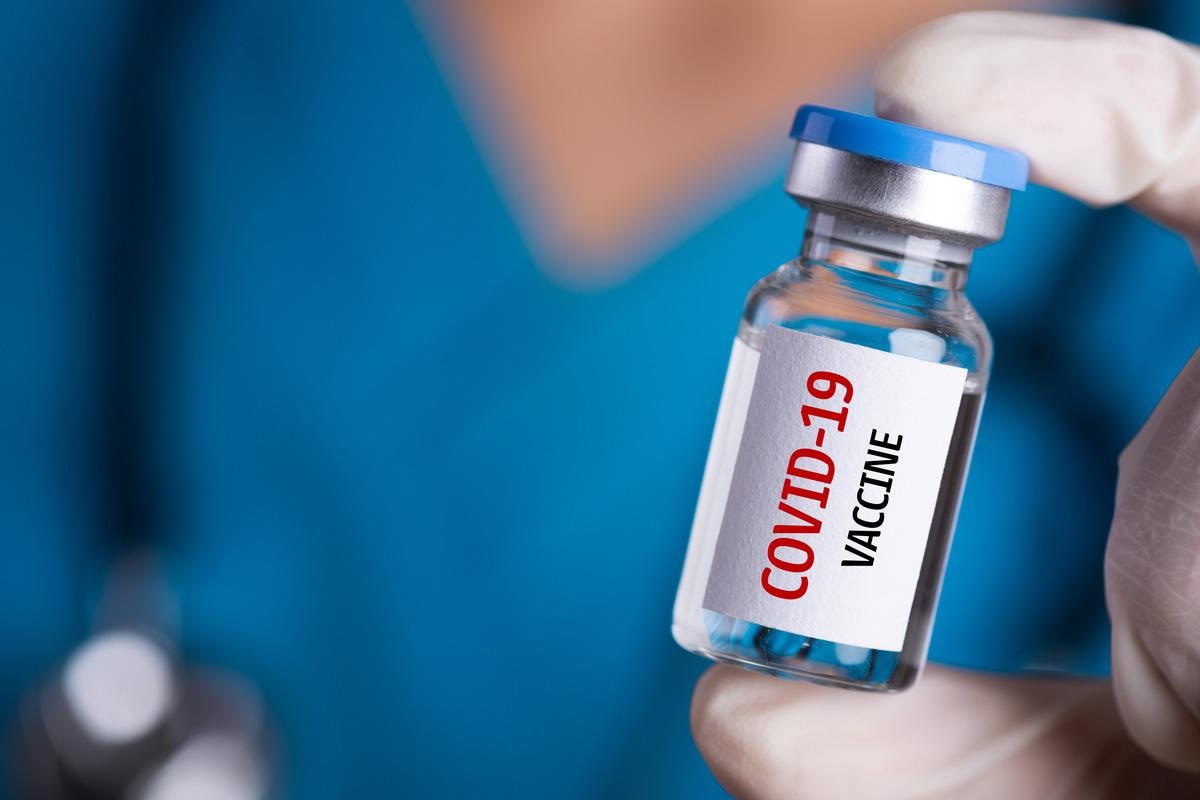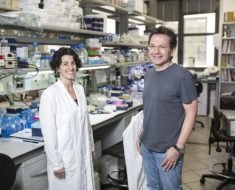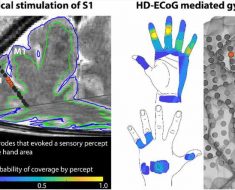In a recent study posted to the bioRxiv* preprint server, researchers observed that a third messenger ribonucleic acid (mRNA) vaccine elicits a unique antibody response.

Background
The appearance of novel variants of severe acute respiratory syndrome coronavirus-2 (SARS-CoV-2) with substantial immune evasive characteristics has lowered the impact of coronavirus disease 2019 (COVID-19) vaccination efforts. Consequently, the COVID-19 pandemic still adversely affects public health and the economy, despite the administration of more than 11 billion vaccine doses so far.
This raises critical concerns about whether current vaccines could tackle extant and future SARS-CoV-2 variants. Hence, it is essential to evaluate the extent and quality of immune responses induced by currently available COVID-19 vaccines.
The study and findings
Researchers longitudinally examined the immune responses elicited by three doses of mRNA vaccines at a single-cell level among SARS-CoV-2-naïve subjects in the current study.
Four SARS-CoV-2-naïve donors from the authors’ previous study were re-enrolled to evaluate the neutralizing antibody (nAb) responses. The immune responses in the subjects post-third dose (seronegative, third dose: SN3) were compared to their responses following the receipt of two doses (SN2). Additionally, the third dose immune responses were compared to the immune responses in those with hybrid immunity (seropositive, second dose: SP2). Three participants received the Pfizer-BioNTech (BNT)162b2 vaccine, and one received Moderna’s mRNA-1273 vaccine.
The memory B cells (MBCs) specific to SARS-CoV-2 spike (S) protein were 6.18-fold higher after the third dose relative to the SN2 donors and 2.26-fold higher than SP2 subjects. There were no differences in the cluster of differentiation 19-positive (CD19+) CD27+ immunoglobulin (Ig)-D– IgM– and CD19+CD27+IgD–IgM+ compartments of the MBCs between the groups. Further, SN3 demonstrated increased binding affinity to S protein, its receptor-binding domain (RBD), and N-terminal domain (NTD); the neutralizing activity of SN3 samples against the SARS-CoV-2 Wuhan strain was 5.82-fold higher than SN2.
The class-switched MBCs specific to SARS-CoV-2 antigen were single-cell sorted by baiting with the vaccine-encoded prefusion S protein of the Wuhan strain. After sorting, cells were allowed to naturally secrete monoclonal antibodies (mAbs) by incubating them for two weeks. Of over 4000 S-specific single-cell sorted MBCs, 59.4% (2436) cells generated mAbs. A microneutralization assay based on cytopathic effect was performed at a 1:10 dilution, 350 neutralized live SARS-CoV-2 Wuhan virus. Overall, 14.4% of S-specific B lymphocytes secreted nAbs, a 2.2-fold increase compared to SN2, albeit similar to SP2 (14.8%).
The researchers expressed all 350 antibodies as IgG1 and successfully recovered 206. The frequency of antibodies binding to Wuhan S protein RBD and NTD was similar in SN2 and SN3, whereas prefusion S-specific antibodies were reduced in SN3 relative to SN2. Next, the authors evaluated neutralization against Wuhan strain, Alpha, Beta, Gamma, Delta, and Omicron (BA.1 and BA.2) variants.
They observed a higher frequency and greater potency of nAbs isolated from SN3 donors against all tested variants compared to SN2. Interestingly, the nAbs from SN3 showed a higher ability to cross-neutralize the tested SARS-CoV-2 variants. Additionally, two SN3 donors had antibodies that recognized SARS-CoV-1, but just five antibodies bound to it, and only two neutralized the virus. This was further lower in SN3 compared to SN2 or SP2 nAbs.
A competition assay was performed with J08 (a class 1/2 antibody), S309 (class 3), and CR3022 (class 4) antibodies to map the epitope region. Most nAbs (63.6%) targeted the class 1/2 epitope, followed by class 3 (19.5%) and class 4 (1.9%) nAbs. Furthermore, the class 1/2 nAbs were most abundant against all tested variants and responsible for cross-protection. Moreover, a third vaccine dose increased the neutralizing potency and escape resistance of class 1/2 nAbs against BA.1 and BA.2 variants relative to SN2.
Lastly, the Ig heavy (IGH) chain sequences from SN3, SN2, and SP2 donors were analyzed. SN2 and SN3 shared over 20% of SN3 IGH variable (IGHV); joining (IGHV) rearrangements while it was 45.6% between SP2 and SN3. The antibodies with predominant rearrangements (IGHV3-53; IGHJ6-1, IGHV3-30; IGHJ6-1, IGHV3-66; IGHJ4-1, and IGHV3-33; IGHJ4-1) post-double vaccination dropped following the third dose. In contrast, IGHV1-69; IGHJ4-1, and IGHV1-58; IGHJ3-1 antibody germlines increased, previously dominant in SP2. On the contrary, the IGHV2-5; IGHJ4-1 class 3 antibody germline did not show expansion.
Conclusions
In line with several prior reports, the present study found that a third mRNA vaccine dose induces immune responses similar to hybrid immunity. A third vaccination resulted in a marginal increase in S-binding antibodies, robust neutralizing potency, and a substantial increase in cross-nAbs. Notably, a third dose did not elicit a strong anti-SARS-CoV-1 response, indicating that additional homologous doses would result in more SARS-CoV-2-specific responses rather than increasing the breadth of pan-coronaviruses responses.
Furthermore, the increased neutralizing potency or breadth in SN3 was mainly due to the expansion of new B cells rather than the clonal expansion of B cells elicited after two doses. Taken together, the present findings revealed that despite the similarities of SN3 immune responses with SP2, the antibody responses after the third vaccination are distinct and unique.
*Important notice
bioRxiv publishes preliminary scientific reports that are not peer-reviewed and, therefore, should not be regarded as conclusive, guide clinical practice/health-related behavior, or treated as established information.
- Emanuele Andreano, et al. (2022). COVID-19 mRNA third dose induces a unique hybrid immunity-like antibody response. bioRxiv. doi: https://doi.org/10.1101/2022.05.09.491201 https://www.biorxiv.org/content/10.1101/2022.05.09.491201v1
Posted in: Medical Science News | Medical Research News | Disease/Infection News
Tags: Antibodies, Antibody, Antigen, Assay, binding affinity, Cell, Coronavirus, Coronavirus Disease COVID-19, covid-19, Frequency, Germline, Homologous, immunity, Immunoglobulin, Omicron, Pandemic, Protein, Public Health, Receptor, Respiratory, Ribonucleic Acid, SARS, SARS-CoV-2, Severe Acute Respiratory, Severe Acute Respiratory Syndrome, Syndrome, Vaccine, Virus

Written by
Tarun Sai Lomte
Tarun is a writer based in Hyderabad, India. He has a Master’s degree in Biotechnology from the University of Hyderabad and is enthusiastic about scientific research. He enjoys reading research papers and literature reviews and is passionate about writing.
Source: Read Full Article





